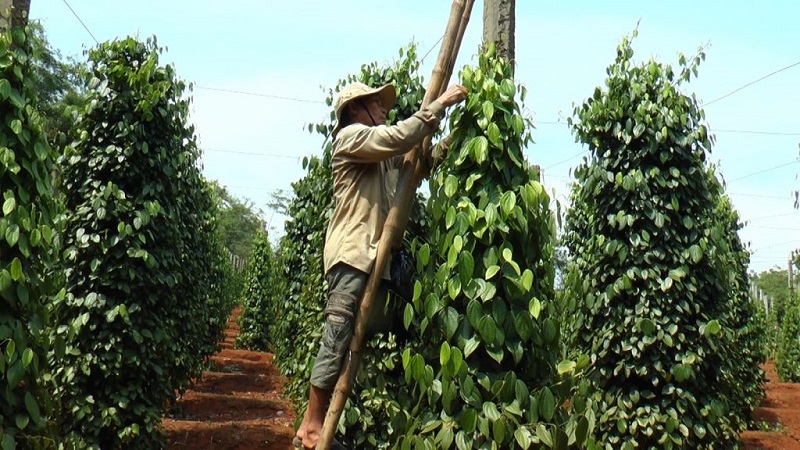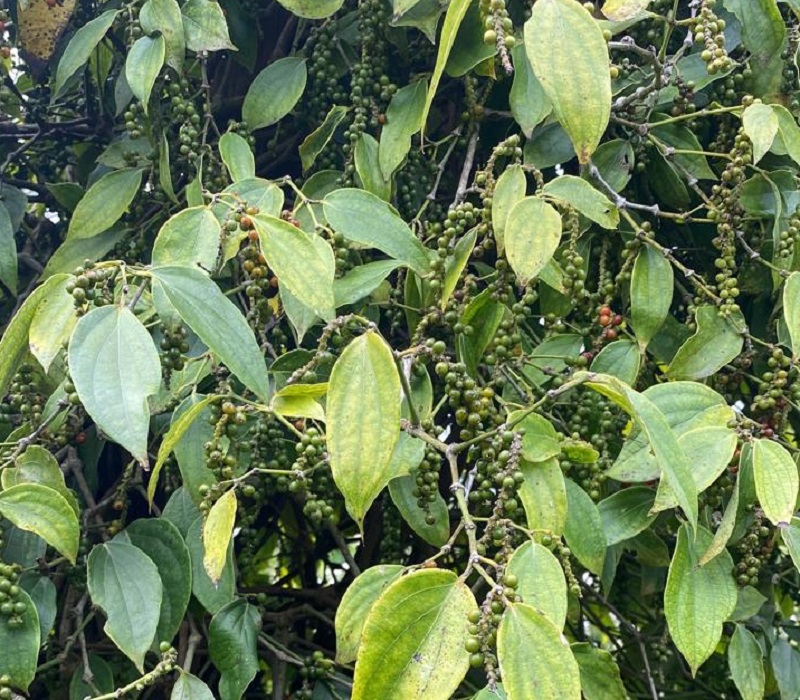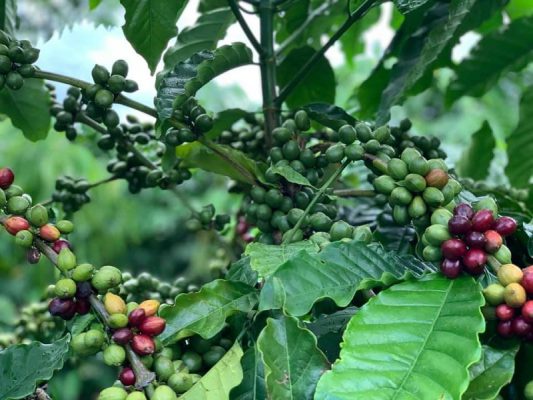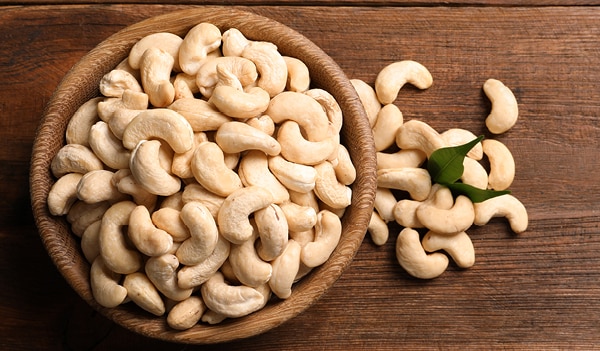Ms. Hoang Thi Lien – Chairwoman of the Vietnam Pepper and Spice Association (VPSA) said that 2024 will record a breakthrough in exports to CPTPP markets thanks to advantages ofFTA agreements.
In the first 8 months of 2024, export volume of cinnamon, anise, pepper, spices… to these markets all recorded significant growth in number. These are great motivations, the above numbers are the clearest evidence of effectively using FTAs to boost exports of businesses. Specifically, pepper businesses have exported to many markets, including the CPTPP market. Australia, Japan, New Zealand… are countries with high consumer demand, while Vietnam has an advantage in production.

In terms of CPTPP membership, the markets of Australia, New Zealand, Japan, and Canada all have very strict requirements. However, in terms of consumption, imports from Australia and New Zealand are still low. Canada imports pepper directly from Vietnam in modest quantities. This country mainly imports through North America.
Currently, with the CPTPP market, we are exporting directly to the Japanese market and many Japanese enterprises have come to invest in the spice industry in Vietnam. In the Australian and New Zealand markets, we currently have an absolute advantage in supplying pepper products.
“Currently, the ratio of raw and refined pepper exports in general and in the CPTPP market is currently around 80-20. We are also encouraging members in the business, especially those with the ability to continue investing in technology to promote deep processing. However, with deep processing, we also have to worry about the front end of the market. Because deep-processed goods are very specific and depend on the needs of each buyer, each customer, not each market. Therefore, we must ensure that businesses have a guaranteed market, then businesses can integrate it with the investment issue,” Ms. Hoang Thi Lien analyzed.

Basically, with developed markets such as the EU, Australia, Japan, New Zealand, the United States, etc., the standards and market requirements are almost equal. Therefore, when pepper enters these markets, we have entered the high-end market segment, according to the Chairman of VPSA.
In the world market, based on quotes from export enterprises and export prices in various countries, the International Pepper Association (IPC) updated the prices of all types of pepper traded in the international market on October 27 (local time) as follows:
Indonesian Lampung black pepper price decreased by 0.22% compared to yesterday to 6,724 USD/ton. In addition, Muntok white pepper price decreased by 0.23% compared to yesterday to 9,205 USD/ton.
Brazilian black pepper ASTA 570 price remained unchanged from yesterday at $6,400/ton.
Malaysia’s ASTA black pepper price remained unchanged from yesterday at $8,500/ton. Meanwhile, the country’s ASTA white pepper price remained unchanged from yesterday at $11,000/ton.
Prices of all types of pepper in Vietnam remained unchanged compared to yesterday. Of which, the price of Vietnamese black pepper 500 gr/l reached 6,500 USD/ton; 550 gr/l reached 6,800 USD/ton.
Similarly, Vietnam’s white pepper price remained unchanged compared to yesterday at 9,500 USD/ton.


